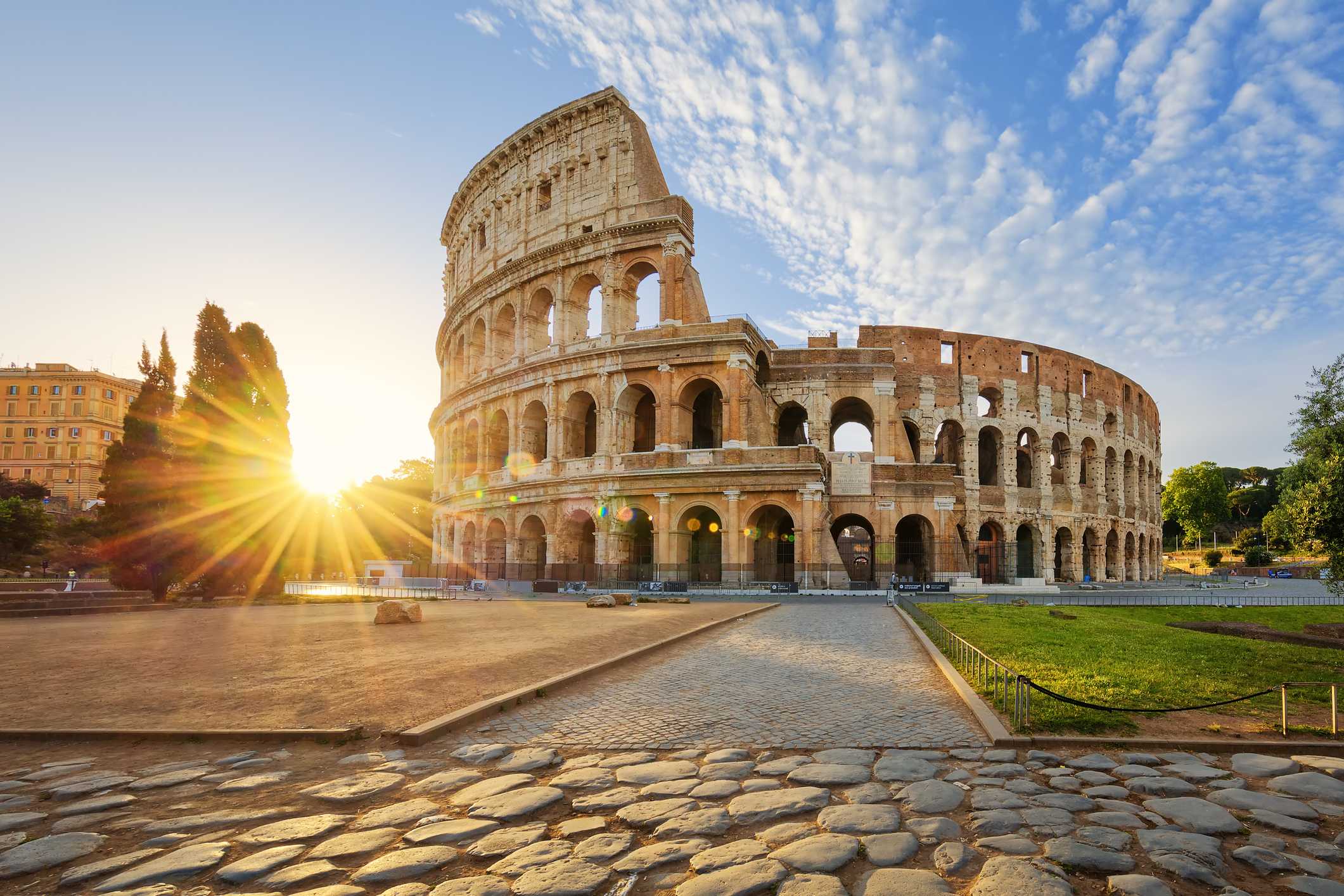Italy is home to some of the most famous pieces of architecture in the world, with the Colosseum, St Peter’s Basilica and the Leaning Tower of Pisa drawing in large crowds of tourists from all over the world.
Depending on your holiday plans, the amount of attractions and sights to see in Italy often result in a lot of travelling , especially when walking between nearby places of interest.
Around 2.5 million British nationals visit Italy each year, which can be accessed from the United Kingdom either by airplane or a lengthy journey by train or car.
Getting there
On average, a train journey from St Pancras International station in London to Milan will take at least 17 hours, while driving the same journey will be a minimum length of 13 hours.
A flight from London to Mila, meanwhile, can take a minimum of two hours.
If you are unsure as to how best to stick to your medication schedule then it is best to discuss a plan with your diabetes team.
Time zone
Italy is one hour ahead of British Summer Time and two hours ahead of Greenwich Mean time, which should not necessitate major changes to your diabetes management.
Climate
The average climate in Italy is comparatively much warmer than the UK, with average high temperatures in Rome summers reaching up to 33°C.
Prolonged periods of activity, such as walking, can result in enhanced insulin absorption in warm weather so you could consider reducing your dosages if you are worried about hypoglycemia
Currency
The currency in Italy is the Euro, although many restaurants, hotels and shops will accept credit and debit cards, while money can be exchanged within hotels and money exchange services.
Vaccinations
There are no mandatory vaccinations required to enter Italy, however rabies is present in bats in Italy, so it is advised for those planning activities in remote areas that put them at risk for bat bites to receive a rabies vaccine.
If you believe you may require this vaccine then it is advised to consult your doctor eight weeks before travelling which should allow enough time for you to receive it.
Otherwise, the opportunity should be taken to ensure existing vaccinations such as your yearly flu jab and those against polio and tetanus are also up to date.
Have you got a European Health Insurance Card (EHIC)?
Italy is amongst the European countries that allow you to receive state healthcare either at a reduced cost or sometimes for free. It will cover you for medical treatment until you return to the UK.
It is best to apply for an EHIC card directly through the NHS. Your card will usually arrive within seven days if you have applied through the NHS, but it is best to apply two weeks in advance to allow for any delays.
Ensuring access to medication
Medication is available in Italy, but payment is required from a pharmacy , for which the Italian translation is “ Farmacia”
However, possessing an EHIC card allows you to receive treatment at a lesser cost and this money can be recouped when you get back into the UK. Blood and urine testing kits are available from many pharmacies in Italy.
The emergency services telephone number to be called in Italy is 118
It is advisable to contact the manufacturing company of your medication prior to leaving the UK to find out what is available in Italy if your medication gets lost, stolen or damaged. It is also worth checking to see what different names your medication may be listed as.
Insulin
You should note which syringes are available in Italy, with U-40 syringes the most commonly used.
The vast majority of insulin in the UK is U-100 insulin. If you need to take a different strength of insulin , say in an emergency, it’s important that you use the correct device and syringes for that insulin.
For example, you would use a U-40 syringe for U-40 insulin. You will need to work with a doctor getting the right dose if you’re using a different form of insulin.
Diabetes associations
It is important to note any of the diabetes associations in the country, or countries, that you are travelling to. There are five diabetic associations in Italy that can be contacted for information prior to your stay. The addresses of these associations are:
- FAND – Associazione Italiana Diabetici (a member of International Diabetes Federation since 1985),
Via Dracone 23,
20126 Milano,
Italy
Tel: +39-02-2570453
Email: [email protected] - Associazione Italiana per la Difesa degli Interessi dei Diabetici (a member of IDF since 1952),
Via Ravenna 34,
00184 Romen,
Italy,
Tel: +39-06-68803784,
Email: [email protected] - Associazione Medici Diabetologi (a member of IDF since 2000),
Viale delle Milizie 96,
00192 Romen,
Italy,
Tel: +39-06-7000599,
Email: [email protected]
- Associazione Italiana per la Difesa degli Interessi dei Diabetici (a member of IDF since 1952),
Via Ravenna 34,
00184 Romen,
Italy,
Tel: +39-06-68803784,
Email: [email protected] - Associazione Nazionale Italiana Atleti Diabetici (a member of IDF since 2009),
Via Mariano d’Ayala 1,
80121 Napoli,
Italy,
Tel: +39 – 081.413201,
Email: [email protected] - Societa Italiana di Diabetologia (a member of IDF since 1979),
via Pisa 21,
00162 Romen,
Italy,
Tel: +39-06-44240967,
Email: [email protected]
Questions
- How is blood glucose measured in Italy? Blood glucose levels are measured in mg/dl
- What language is spoken in Italy? Italia, although many locals will have a basic grasp of English, especially those that work in a customer service environment.
- Will I need an international driving license when driving in Italy? No
- If I want to hire a vehicle during my visit, will I face any form of discrimination? No
- What sugar free drinks are available in Italy? Most diet soft drinks





